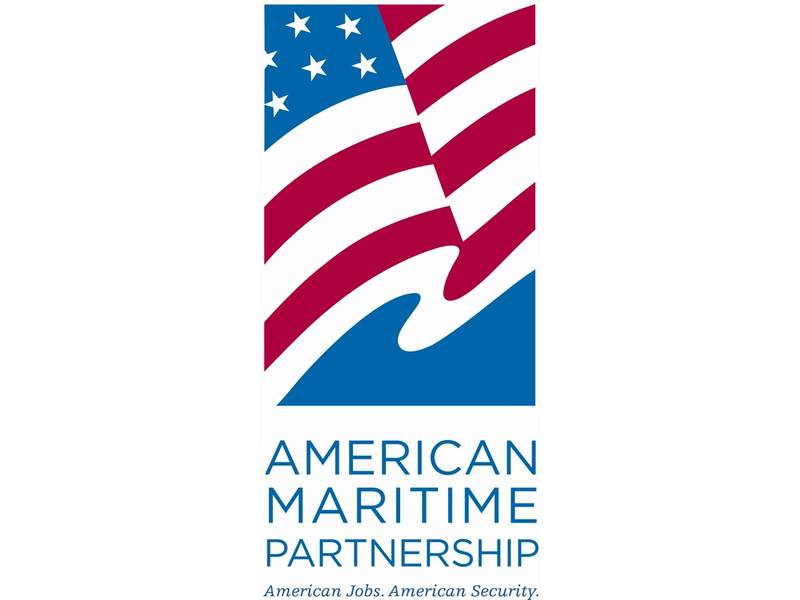Jobs Plentiful for 2012 Maritime Academy Graduates

With more than 1,500 young men and women graduating from the seven U.S. maritime academies this year, employment opportunities for the class of 2012 remain plentiful, according to the American Maritime Partnership.
“We congratulate the maritime academy graduates for passing the extensive U.S. Coast Guard exam and pursuing a career that will help grow the U.S. economy and keep our country strong and safe,” said James Henry, President of the Transportation Institute, and Chairman of the Board of Directors of the American Maritime Partnership. “Although economic growth may be slowing, the demand for officers and other mariners remains strong. We look forward to working with our new shipmates in 2012.”
There are seven maritime academies in the United States, one each in California, Maine, Massachusetts, Michigan and Texas, and two in New York. SUNY Maritime College at Fort Schuyler in the Bronx is the nation’s oldest and largest, having been established in 1874; while the Great Lakes Maritime Academy (GLMA) in Traverse City, Mich., is the newest, founded in 1969.
GLMA’s Superintendent said their graduates are immediately prepared to enter the work force.
“Graduates from the Great Lakes Maritime Academy, a division of Northwestern Michigan College, are experiencing an almost unprecedented demand for their services,” said RDML Jerry Achenbach, Superintendent of the school. “Employers know of, and highly value the discipline required to complete a U.S. Coast Guard license exam. In addition to their license exam, our deck graduates sit for their Great Lakes pilotage. This combination ensures that every GLMA graduate is ready to stand watch on the bridge, or in the engine room, of a U.S.-flag merchant vessel sailing on either the Great Lakes or the oceans immediately upon graduation.”
The majority of graduates from the seven maritime academies enter the workforce as licensed officers and many will sail on vessels in the domestic fleet, which includes more than 40,000 self-propelled ships and tug-barge combinations. In a strong economy, these vessels will move more than one billion tons of cargo between U.S. ports, or roughly a quarter of the nation’s freight. A cadre of skilled U.S. citizen merchant mariners also boosts national security by providing skilled mariners essential to supporting the U.S. military during times of war and national crisis.
New officers start out as either a Third Mate or a Third Assistant Engineer on self-propelled vessels or corresponding positions on tug-barge combinations. Mates direct navigation and the handling of cargo. Engineers are in charge of propulsion and the vessel’s machinery.
A deck career culminates as the Captain or Master of the vessel. In the Engine Department, the Chief Engineer is the top position.
While salaries vary from one segment of the industry to another, it is not unusual for newly licensed officers to start at $60,000 or more per year.
Not all graduates will enter the commercial maritime industry. A number will choose to protect our nation as members of all branches of the military, including the U.S. Navy and the U.S. Coast Guard. Even those who pursue a career on commercial vessels will in times of crisis often serve on government-controlled vessels engaged in ferrying supplies to U.S. troops overseas.
Officers are termed “licensed” personnel, but “unlicensed” personnel are also held to very high standards. The starting point for non-academy mariners is as an Ordinary Seaman in the Deck Department and Wiper in the Engine Department. These sailors advance to Able-Bodied Seaman (AB) and Qualified Member of the Engine Department (QMED) after completing a specified period of time aboard ship and then passing demanding Coast Guard exams. After acquiring more “sea time,” ABs and QMEDs can write for their licenses. This is called “climbing the hawespipe” in the maritime industry.
American Maritime Partnership ("AMP") is the voice of the U.S. domestic maritime industry, a pillar of our nation‘s economic, national, and homeland security. More than 40,000 American vessels built in American shipyards, crewed by American mariners, and owned by American companies, ply our waters 24/7, and this commerce sustains nearly 500,000 jobs, $29 billion in labor compensation, and more than $100 billion in annual economic output according to a study by PricewaterhouseCoopers for the Transportation Institute. So efficient are these vessels that they carry a quarter of the nation‘s cargo for only 2 percent of the national freight bill, and being American owned, built and crewed helps make America more secure.
